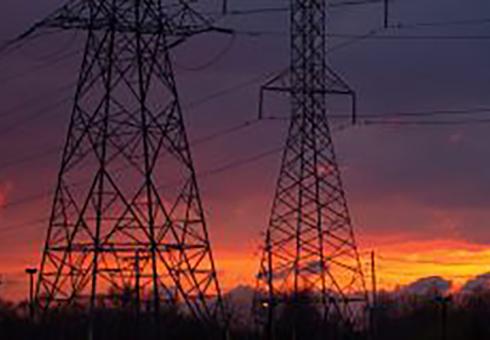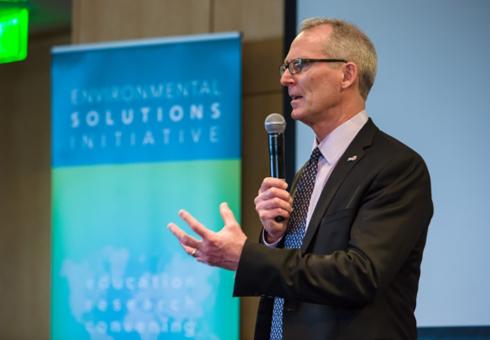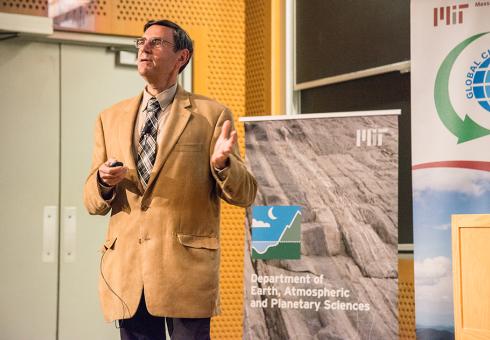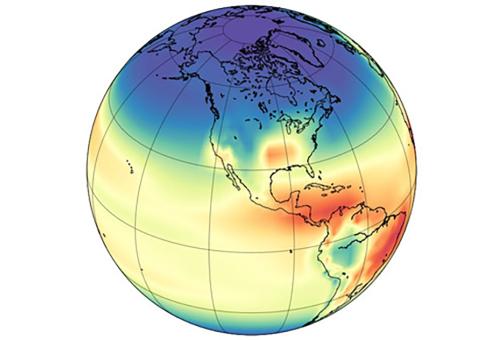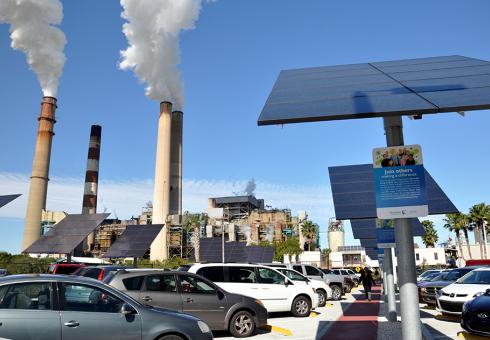News + Media
OurEnergyPolicy.org features online discussion based on MIT Joint Program Research Scientist Jennifer Morris's Energy Journal paper "Hedging Strategies: Electricity Investment Decisions under Policy Uncertainty."
1. Is it appropriate for investors to hedge against market exposure by placing capital into technologies that result in cleaner burning fossil generation?
2. Will private and public investors accept the risk and continue on a path of cheap fossil fuels, or increase holdings toward the 20-30 percent non-carbon source allocation?
At MIT, former Congressman Bob Inglis speaks about climate and free enterprise
Inglis made the case for a “tax swap”: implementing a tax on carbon while offsetting its revenues with a reduction in income or payroll taxes. This way, Inglis said, the U.S. can unleash a wave of clean energy innovation, driving down planet-warming greenhouse gas emissions without harming economic growth. And by making the tax border-adjustable — meaning that imports to the U.S. from countries without their own carbon tax would face an import tax — Inglis said his plan would catalyze the rest of the world to tax carbon as well.
Climate data analyst Thomas Karl describes global temperature and precipitation measurement and interpretation in the 16th Henry W. Kendall Memorial Lecture
Climate change could lead to overall increase in river flow, but more droughts and floods, study shows
New study in PNAS co-authored by MIT Joint Program Co-Director Ronald Prinn pinpoints possible cause of a sudden, unexpected global rise in atmospheric methane in 2007
MIT Joint Program to support study through global economic and policy modeling
Joint Program/MIT Energy Initiative researchers co-author two chapters in new UNU-WIDER book
Why it’s prudent to invest in carbon-free electricity now

